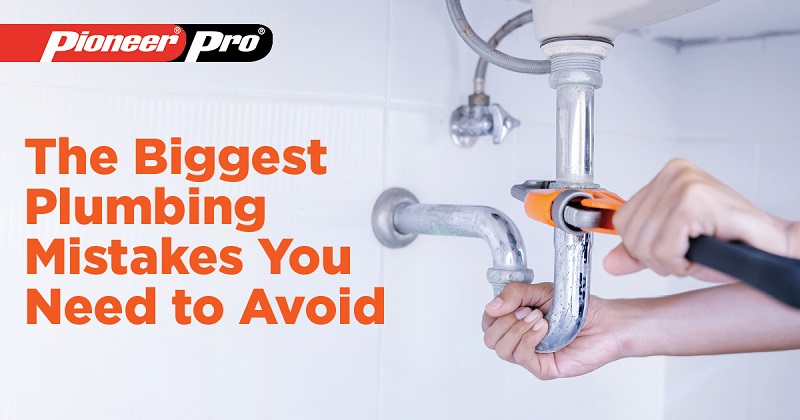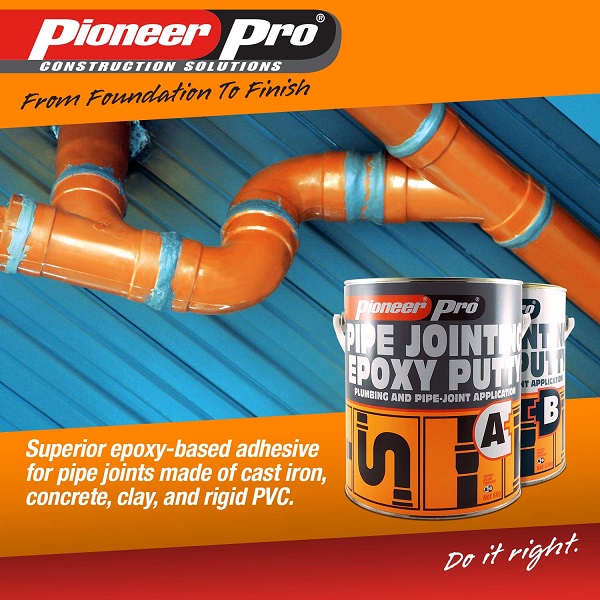
A house or a building can be striking on the outside, but it’s the inner workings that make it exceptional. After all, how can users of the project you’ve built enjoy it to the fullest if there’s no electricity or enough water supply?
To make sure the different parts of the house or building gets enough water, it’s important to properly plan its plumbing layout. As explained by a property development expert, “water supply is a major part of the design consideration. The plumbing layout is efficiently planned and laid out so that all spaces with water needs are connected to the water system,” he shares.
An efficient and functional plumbing system consists of pipes, fittings, valves, and other accessories. Just like how other systems work, if one element within the system does not function properly, chances are, the whole thing will be affected. While you can invest in quality pipes and fittings, it’s not a guarantee that you won’t experience problems if a haphazard installation was done.
Laying down pipes and installing fittings may sound simple, but it’s a meticulous process that you need to pay attention to so you can avoid costly mistakes.
What are the biggest plumbing mistakes you need to avoid?
1. Rushing the process
As much as you’d like to meet your deadline, skipping steps and rushing through must-dos can result in poor installation which in turn cause expensive consequences such as bursting pipes and loose fittings. To avoid this, make sure you allot enough time for plumbing works including proper checking. By checking how the system works, you get to check if there are minor mishaps you need to address.
2. Crooked installation
Trustedpros.ca explains that leveling is one of the simplest details overlooked when working on plumbing. To ensure proper installation, experts suggest using a level, especially when installing a sink or toilet so you don’t have to redo it.
3. Using mismatched pipes
There are instances when your preferred materials aren’t available from your supplier. Are you using different materials and sizes? Trustedpros.ca says that “when fitting two pipes of different sizes together, the proper connecting piece must be used to ensure proper sealing.” As much as possible, use similar pipes, invest in a quality connecting piece, and seal it properly. You also need to familiarize yourself with how certain materials react to each other to avoid corrosion.
4. Not having the appropriate tools on site
It’s one thing to have materials and another to have the tools to turn those materials into a working system. To be able to accomplish plumbing works, it’s important to have a set of pipe wrenches, a tubing cutter, and other essentials to ensure a quality job. Since pipes play a major role in a plumbing system, having a pipe jointing epoxy putty you can trust is a must.

Pioneer Pro Pipe Jointing Epoxy Putty is a two-component modified epoxy compound especially formulated for jointing and sealing joints of almost all types of pipes. A heavy-duty epoxy with one hundred percent solid content, you’re assured that it’s non-shrinking, non-chipping, and non-cracking while delivering good adhesion for all types of pipes including PVC.
This general construction pipe adhesive is best for high-rise residential pipes and sewerage systems as well as suitable for pipe joints made of cast iron, concrete, clay, and rigid PVC.
To learn more about Pioneer Pro Pipe Jointing Epoxy Putty and how it can be a valuable part of your projects, log on to www.pioneer-adhesives.com. For inquiries, you can follow and chat with us on Facebook at fb.com/PioneerAdhesivesPH or email info@pioneerph.com.
